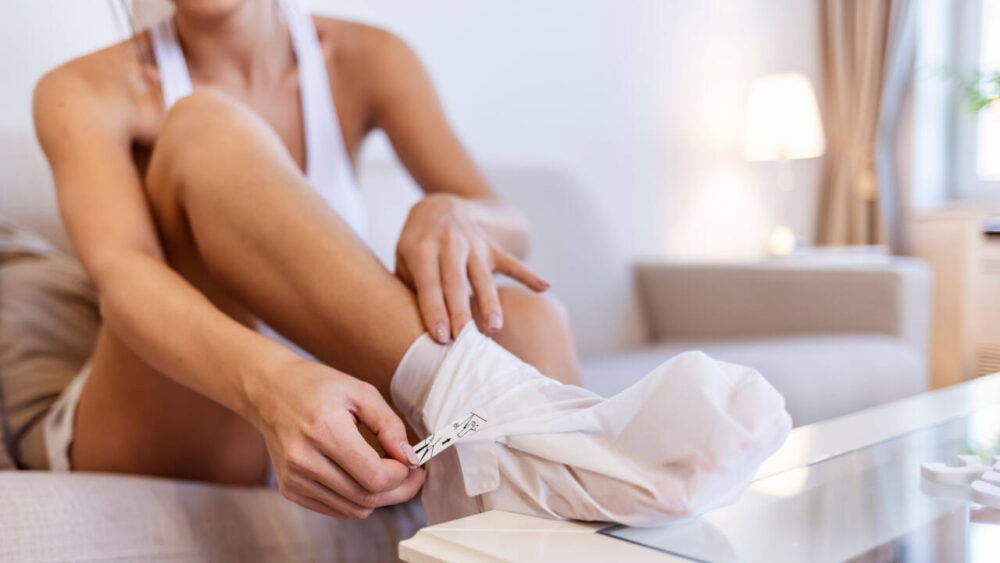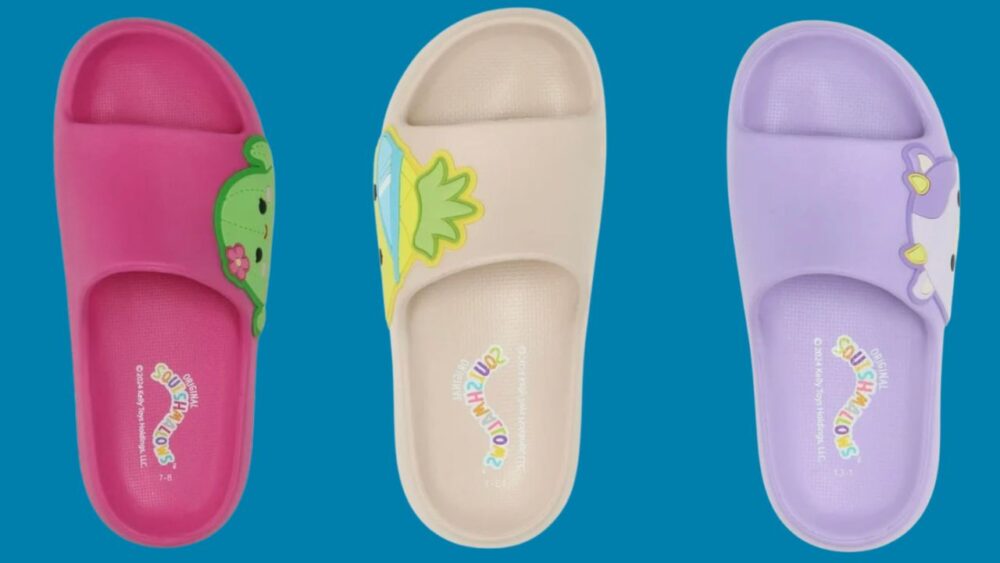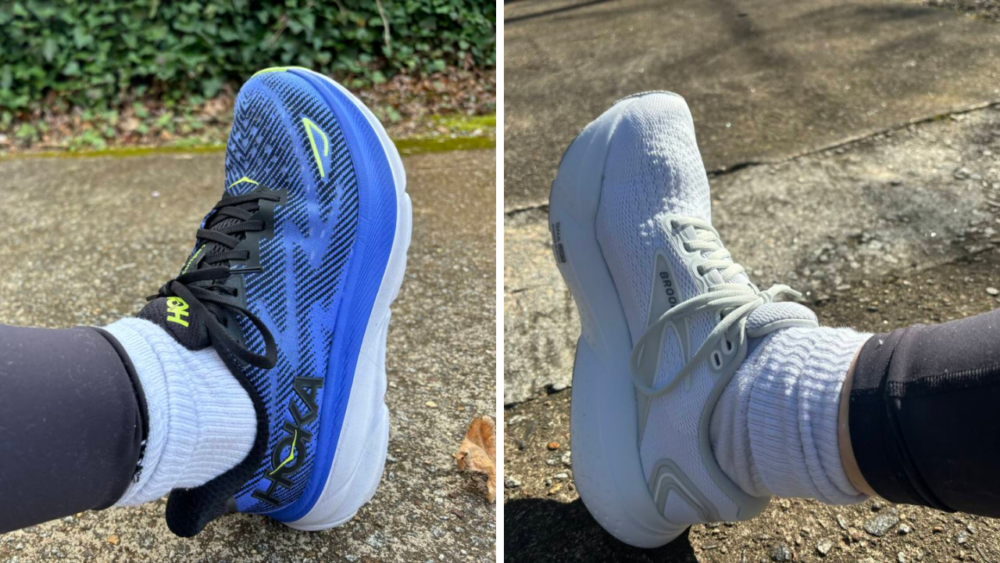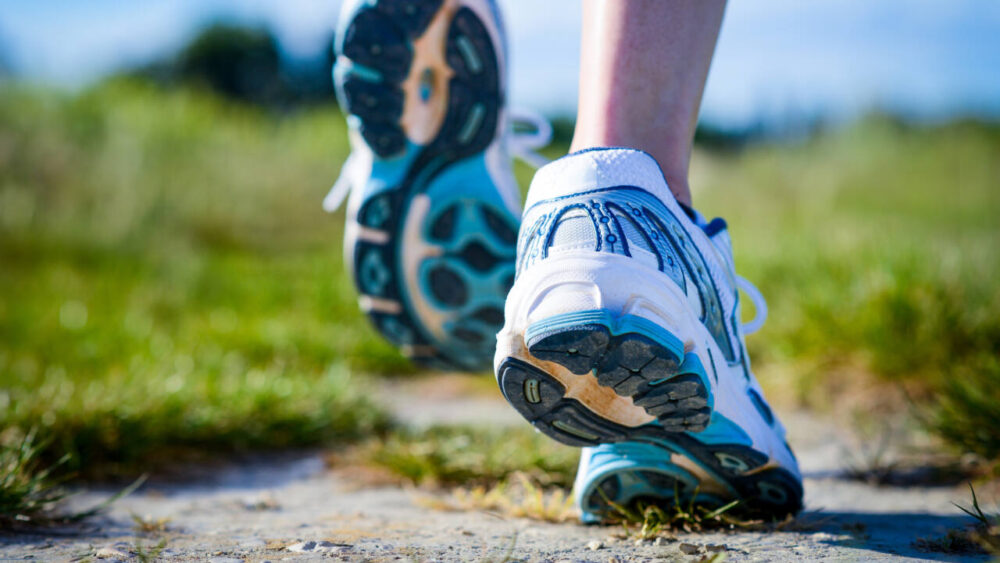The 5 Unhealthy Side Effects Of Wearing High Heels
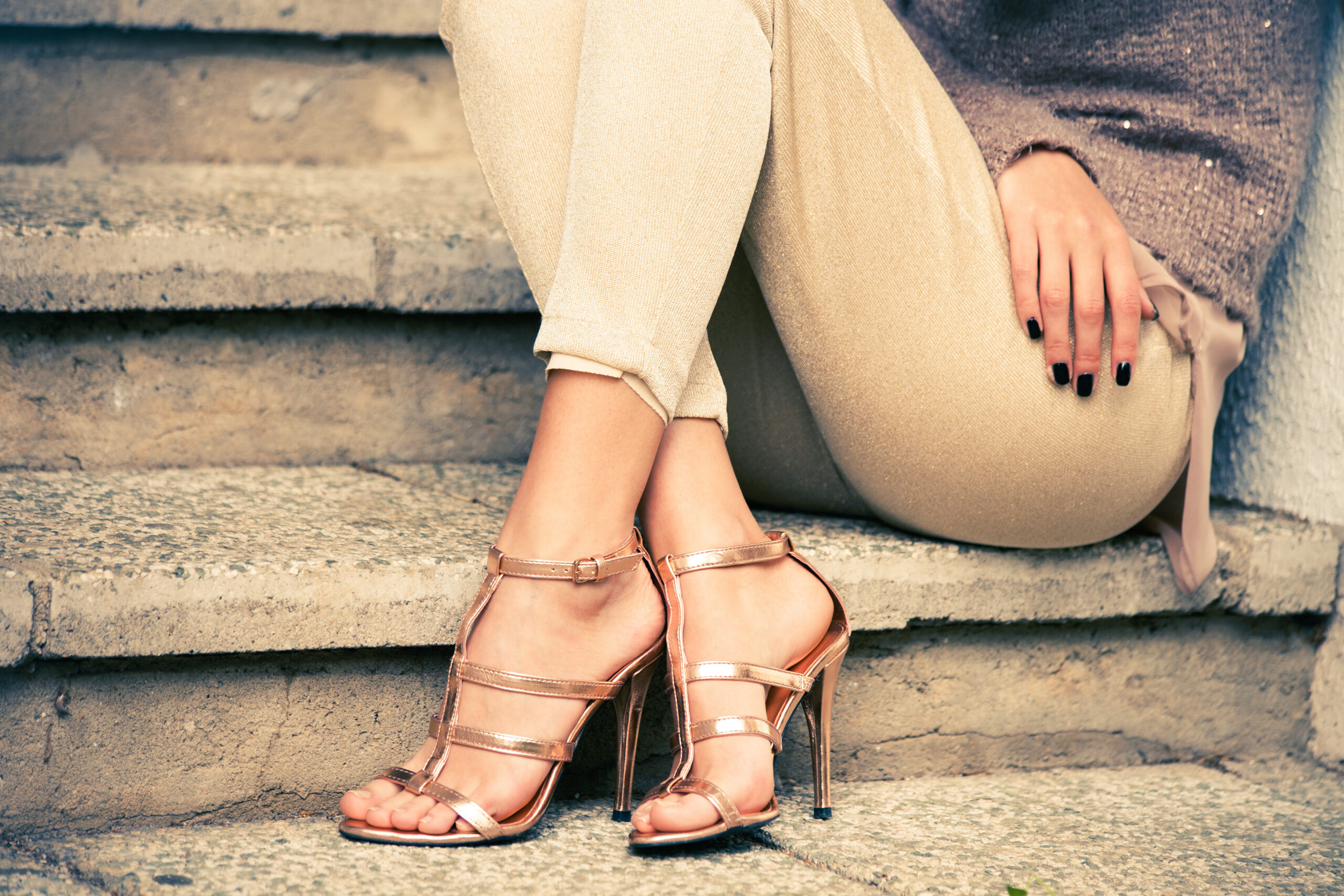
High heels have long been a symbol of a sophisticated woman. From Marilyn Monroe to Carrie Bradshaw, heels have been worn by fashion-minded women for quite some time now, and they’ve become synonymous with style and luxury.
However, this particular accessory is not without its downfall, and looks like the popular saying was right: Beauty is pain. High heels can have a number of long-lasting negative health effects on the body, extending just beyond the foot.
I personally have never been one to wear high heels, as I was diagnosed with flat feet, bunions and pronation by the time I turned 18. My podiatrist was sure to firmly insist that I stay away from the shoe.
However, according to the American Osteopathic Association, one in ten women wear high heels at least three days a week. To make matters worse, a third have fallen while wearing them or suffer permanent problems as a result of prolonged wear.
Although your favorite pair of shoes may seem harmless, they can do more to your body then just cause you to tumble and fall. Even if you don’t have your share of feet issues like I do, you may want to be cautious about how often you rock your favorite pair of stilettos.
1. Damage Toe Nails
There’s more to keeping your toe nails nice than just a pedicure. According to Loyola Medicine, high heels are the leading cause of ingrown toe nails. This occurs because the toes compress together, causing the big toe nails to grow into the skin. This can also lead to nail or fungal infections.
2. Worsen Bunions
If you’re unfortunate enough to have existing bunions, your high heels could be making them worse. These type of shoes exacerbate the problem because they tip your body weight forward, forcing your toes towards the front of your shoe. This action forces your big toes against your other toes, which can worsen your bunion protrusion.
3. Increase Knee And Hip Pain
Walking in high heels increases the amount of weight put on your knee joints, as women tend to bend their knees more while walking in the shoes. This can strain knee joints as well as the hip, and prolonged use can trigger fractures and trapped nerves, according to Medical Daily.
4. Increase Your Risk Of Osteoarthritis
A study from the Journal of Orthopaedic Research found that wearing high heels that are 3 1/2 inches or higher can increase your lifetime risk of osteoarthritis, a leading cause of disability in women. Wearing even higher shoes can have a higher impact on your risk.
5. Muscle Pain And Spasms
Long-term wear of high heels can shorten the muscles in your calves and in your back, which can cause muscle pain and spasms, according to the American Osteopathic Association. Many women also experience painful leg cramps after wearing the shoes.
Your best bet is to limit your use of high heels and wear comfortable shoes whenever possible. However, if you’re not about to toss your pumps, make sure your shoes fit properly, minimize the amount of time you have them your high heels on and massage your feet after each wear.


